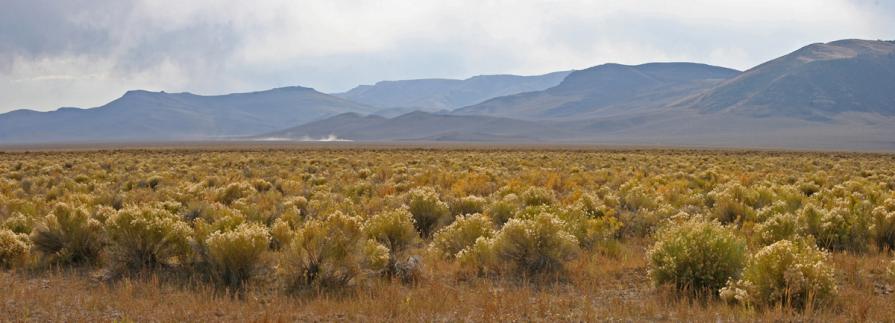
Idaho Lands and Realty
In Idaho, BLM manages the surface and mineral estate on nearly 12 million acres of public land (almost one-fourth of the state's total land area), as well as approximately 24 million acres of mineral estate where the surface is managed by the US Forest Service, other federal agencies, the State of Idaho or individual landowners.
The Lands and Realty programs have numerous management responsibilities, including:
- rights-of-way (roads, powerlines, pipelines, communication sites, etc.),
- easements,
- official land boundary surveys,
- land acquisitions and disposals,
- land exchanges,
- land withdrawals,
- hard rock minerals under the 1872 Mining Law,
- leasable minerals (oil, gas, geothermal, phosphate, etc.),
- common variety minerals (sand and gravel, building stone, etc.),
- mineral resources on tribal lands, and
- maintaining the Public Land Records for all lands in Idaho
In 1785, a rectangular survey system was adopted to describe the country's public lands. Cadastral surveyors divided the land using a north-south, east-west grid system of townships and ranges to describe land parcels.
BLM’s General Land Office website provides access to all the Cadastral Surveys as well as the Land Status records. Land Status records display land ownership, including original patents. They also reflect federal rights and restrictions. This information is displayed by township on Master Title Plats and Historical Indices. The Master Title Plats show the current status for all federal interests in these lands, while the Historical Indices chronologically list all actions that have affected ownership and interest, past and present, for each township.
Some areas located within an Indian reservation may not be represented by land status records. Information on these lands can be found with the Bureau of Indian Affairs.
